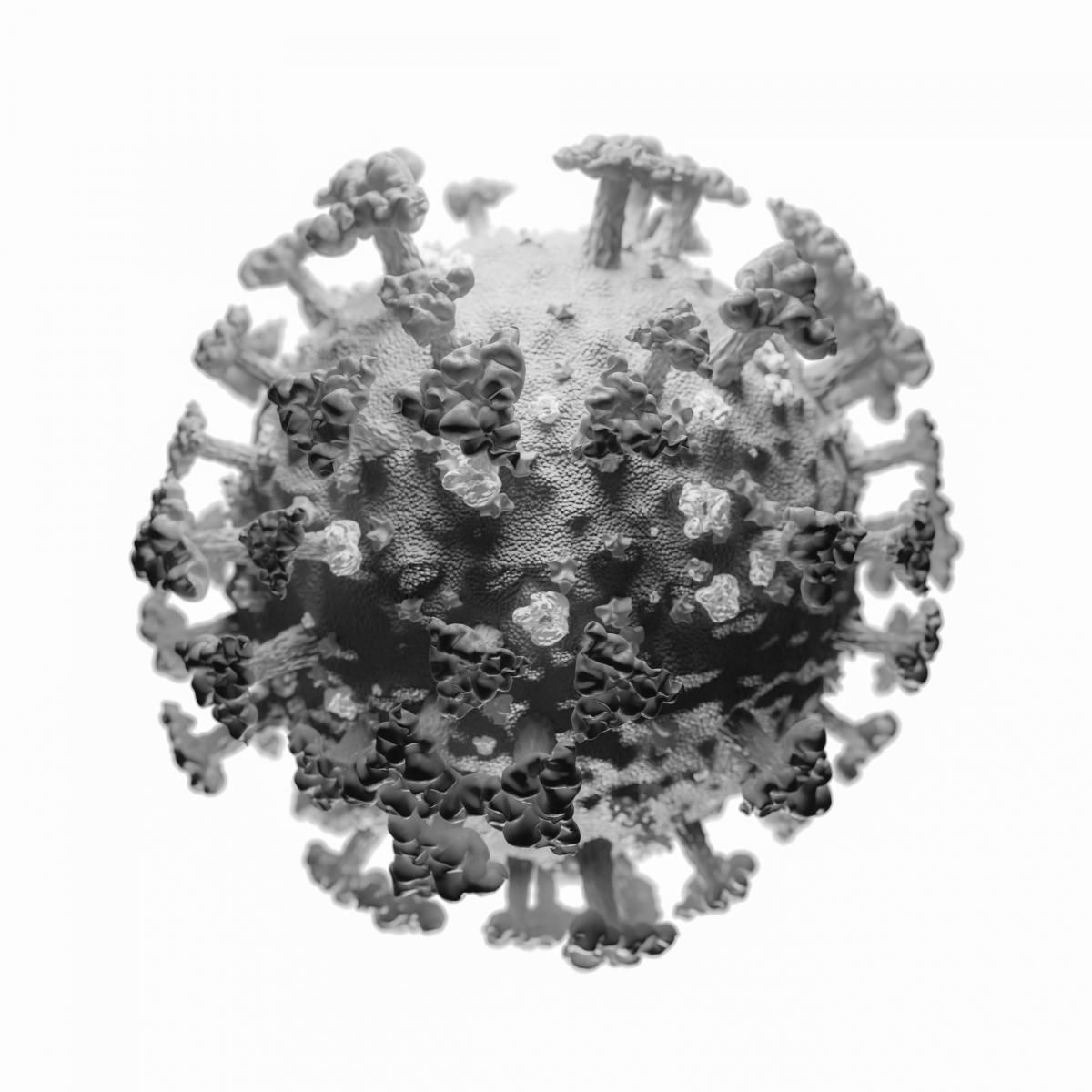University of Oxford COVID-19 Vaccine Induces Strong Immune Responses
New data shows the ChAdOx1 nCoV-19 vaccine candidate induces T cell response within 14 days, and antibody response within 28 days.

Preliminary results from the phase 1/2 clinical trial of the ChAdOx1 nCoV-19 vaccine candidate from the University of Oxford showed healthy adult participants had strong antibody and T cell immune responses up to 56 days in the ongoing trial.
The trial, in which 1077 healthy adults in the UK are being assessing for the vaccine comprised of the ChAdOx1 virus for the prevention of SARS-CoV-2, shows enough promise for further assessment and the introduction of older adults in clinical research.
In new data published to The Lancet Monday morning, Oxford investigators led by Professor Andrew Pollard found the chimpanzee-based adenovirus strain that constitutes their vaccine candidate is capable of provoking a T cell response within 14 days of administration, and an antibody response within 28 days.
The trial is too preliminary to confirm whether the vaccine candidate meets requirements of an ideal SARS-CoV-2 vaccine, investigators noted—a vaccine should be effective on 1-2 administrations, work in target populations including older adults and at-risk patients, confer protection for ≥6 months, and reduce onward transmission of the virus to contacts.
But the phase 2 UK-based trial, and phase 3 trials in the UK, Brazil, and South Africa will confirm its effective protection against the virus in coming months.
The vaccine, being adenovirus viral vector, expresses the SARS-CoV-2 spike protein by using a common cold virus that infects chimpazees. It was genetically modified to code for the spike protein found in human COVID-19 patients, and intends to cause treated persons to produce the spike protein in its cells, helping the immune symptom recognize a weakened version of the SARS-CoV-2 virus.
“The immune system has two ways of finding and attacking pathogens—antibody and T cell responses," Pollard explained in a statement. "This vaccine is intended to induce both, so it can attack the virus when it’s circulating in the body, as well as attacking infected cells. We hope this means the immune system will remember the virus, so that our vaccine will protect people for an extended period. However, we need more research before we can confirm the vaccine effectively protects against SARS-CoV-2 infection, and for how long any protection lasts."
Pollard and colleagues assessed the vaccine’s effect versus control (meningococcal conjugate vaccine) in 1077 health adults aged 18-55 years old in 5 UK hospitals between April 23 and May 21 of this year. Participants had no history of COVID-19.
They were randomized to either the ChAdOx1 nCoV-19 vaccine (n = 543) or control (n = 534). Another 113 participants, split from both vaccine arms, were asked to take paracetamol before and for 24 hours after their vaccination to help reduce vaccine-associated reactions, as the vaccine candidate was administered at high doses to induce stronger responses.
Participants were further split into 4 groups: 88 people were given additional safety monitoring to form the phase 1 part of the trial, with antibody and T cell responses assessed as well; another 412 people had extra blood taken to assess for antibody and T cell responses; and 567 people had serum taken to assess for antibody response only. These 3 groups had half its participants receive the COVID-19 vaccine and half received the control vaccine.
Another group of 10 people received only the vaccine candidate, and were given an extra dose 28 days after the first to determine safety and whether a ‘booster’ improved antibody and T cell responses.
Investigators observed an acceptable safety profile, with no serious adverse events, in the vaccine candidate was found to have an acceptable safety profile and there were no serious adverse events. About 70% of vaccine-administered participants reported fatigue; another two-thirds reported headaches. Other common side events included injection site pain, muscle aches, malaise, chills, feverish sensations, and raised temperatures.
Among participants to have received the candidate, T cell responses targeting the SARS-CoV-2 spike protein were significantly increased, peaking 14 days post-vaccination (median 856 spot-forming cells per million peripheral blood mononuclear cells). Participant levels declined slightly by day 56 of the trial, to median 424 spot-forming cells per million peripheral blood mononuclear cells).
Among the 10 observed participants, T cell response did not increase with a second vaccine dose, consistent with other vaccines of this kind.
Investigators added that a small group of participants had detectable neutralizing antibodies and T cell responses against SARS-CoV-2 spike protein prior to vaccination. This was likely due to past asymptomatic infection in these adults.
The team now intends to follow up with observed participants for at least 1 year to continue to study the vaccine’s safety and induced immune response.
Study co-author professor Sarah Gilbert expressed the need for greater work to be done prior to confirming the vaccine's benefit in managing COVID-19. However, the 56-day results show promise.
"As well as continuing to test our vaccine in phase 3 trials, we need to learn more about the virus—for example, we still do not know how strong an immune response we need to provoke to effectively protect against SARS-CoV-2 infection," Gilbert said. "If our vaccine is effective, it is a promising option as these types of vaccine can be manufactured at large scale. A successful vaccine against SARS-CoV-2 could be used to prevent infection, disease and death in the whole population, with high risk populations such as hospital workers and older adults prioritised to receive vaccination.”
